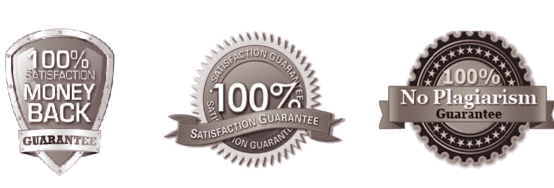Sample Regression and Inventory ProblemsSample Regression and Inventory Problems
Sample Problems
Inventory examples:
1. ABC Company is planning to use an EOQ approach to establish the economic lot size. The value of the product is $50 per unit and carrying costs are 20% per year. The set up cost is $150 per set up and the production rate is 400 units per day. The estimated annual demand for a year consisting of 250 workdays is 40,000 units. Assuming a lead-time of 10 days, find the EOQ, cycle time, reorder point and the total cost for this product.
2. A small manufacturer has two plants located in New York and Ohio. Same types of motors are produced at each plant and the demand is 16 motors/day in New York and 9 motors/day in Ohio. The set up cost is $2,500 and the carrying cost is $2.00/motor/day at both plants.
a) Find the best EOQ policy at each plant.
b) Find the total cost of the best policy at each plant.
c) If we can consolidate the entire production at one plant and ship to the other plant at an added transportation cost of $8 per motor, should we do it? If yes, where, and why?
3. A company is trying to decide between using TL (Truck Load) versus LTL (Less than truck load) for ordering a certain item. The item cost is $50 for each unit, the ordering cost is $100/order paid to the supplier, and the holding cost is 20% per year. The trucking cost is $400 for TL with a capacity of 750 units of a truck and $1 per unit for LTL. Should the company use TL or LTL if the annual demand for this item is:
a) 2000 items? (Specify the most economical Q for both options and total cost)
b) 4000 items? (Specify the most economical Q for both options and total cost)
c) At what demand level both options will cost the same.
Forecasting and Regression/Correlation examples
Question 1. A large land developer had just completed the division of a parcel of land into 500 lots. From his experience, he established selling prices for 20 lots and asked his daughter Jane to set prices for the remaining lots. Jane, a recent M.B.A. from NYIT, knew that size, view, slope, and elevation are the only four variables which could influence the price of a lot. Both Jane and her father tried to quantify the impact of these variables on the price of a lot, without any success. Jane decided to use multiple regression analysis, a technique she had learnt from her favorite professor in the M.B.A. program. She collected data (Area in thousands of square feet, Elevation in feet, Slope in degrees, View scale 1 for poor up to 9 for excellent, and price in thousands of dollars) for the 20 lots priced by her father and did three regression runs as shown in the following page. She picked the best regression equation and priced the remaining lots. Her father looked at her prices and agreed that she had done an excellent job.
a) What is wrong with the regression runs she did not use?
b) Specify the equation used by her? Why?
c) Which variables are significant in determining the price of a lot? Which is most significant?
d) If she were to set a price with 95% confidence on a lot with excellent view, 10o slope, 20,000 square feet area and 200 feet elevation, what will it be?
e) Can she use this equation to set prices of lots in other developments?
Question 2: The sales of a new company for the last five years have been 80,000, 120,000, 110,000, 140,000 and 100,000 respectively. The average selling price for each year was $15, 13, 12 11, and 12 respectively. Forecast with 99% confidence, the company’s sales for the sixth year if the planned price is $10. Is your model significant? Find MAD, MSE, and MAPE.
Question 3: The sales for the last 15 periods were 20, 24,27,29,23, 31, 16, 20, 23, 27, 29, 28, 32, 30, and 28 units. Use the following methods to find the forecast for the sixteenth period, MAD, MSE, and MAPE:
(a) Naïve Method #1
(b) Naïve Method # 2
(c) $ period simple MAM
(d) Exponential Smoothing method with alpha = 0.6
(e) Simple Regression using time as the independent variable (Trend Analysis)
Transportation Problem
Question 1: A company has three Distribution Centers (DC) and four customers. The relevant data is given below. How should the company plan to ship?
| Shipping Cost in $/unit | Capacity of | Variable Cost | ||||
| Cust 1 | Cust 2 | Cust 3 | Cust 4 | each DC | for each DC | |
| DC 1 | 2 | 1.50 | 3 | 4 | 700 units | $20/unit |
| DC 2 | 4 | 3 | 2.5 | 2 | 800 units | $22/unit |
| DC 3 | 2.5 | 1.25 | 2 | 1.5 | 900 units | $21/unit |
| Cust Demand | 800 | 400 | 600 | 300 |

You Need a Professional Writer To Work On Your Paper?

